HYOSCYAMINE - SUBLINGUAL
PHONETIC PRONUNCIATION: (hi-oh-SYE-uh-meen)
COMMON BRAND NAME(S): Levsin-SL
GENERIC NAME(S): hyoscyamine sulfate
Uses
USES: Hyoscyamine is used to treat a variety of stomach/intestinal problems such as cramps and irritable bowel syndrome. It is also used to treat other conditions such as bladder and bowel control problems, cramping pain caused by kidney stones and gallstones, and Parkinson's disease. In addition, it is used to decrease side effects of certain medications (drugs used to treat myasthenia gravis) and insecticides. This medication works by decreasing acid production in the stomach, slowing down the natural movements of the gut, and relaxing muscles in many organs (e.g., stomach, intestines, bladder, kidney, gallbladder). Hyoscyamine also lessens the amount of certain body fluids (e.g., saliva, sweat). This medication belongs to a class of drugs known as anticholinergics/antispasmodics.
How to use HYOSCYAMINE - SUBLINGUAL
HOW TO USE: Place this medication under the tongue and allow it to dissolve. This medication may also be swallowed whole or chewed. It may be taken with or without meals. Take it as prescribed by your doctor. Dosage is based on your medical condition and response to therapy. Do not increase your dose or take it more often than prescribed without consulting your doctor. Adults and children 12 years and older should not take more than 1.5 milligrams in 24 hours. Children aged 2 to 12 years should not take more than 0.75 milligrams in 24 hours. Ask your doctor or pharmacist for more information. Antacids lower the absorption of hyoscyamine. If you use antacids, take them after meals and take hyoscyamine before meals; or take antacids at least 1 hour after taking hyoscyamine. Drink plenty of fluids while taking this medication unless your doctor directs you otherwise. Inform your doctor if your condition persists or worsens.
Side Effects
Precautions
Interactions
Overdose
Images

- color
- light blue
- shape
- round
- imprint
- AP, 113
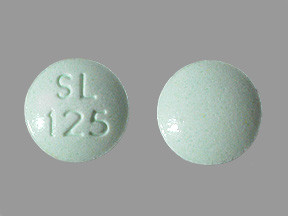
- color
- light green
- shape
- round
- imprint
- SL 125

- color
- light blue
- shape
- round
- imprint
- AP, 113
Reviews
Faq for HYOSCYAMINE - SUBLINGUAL
Hyoscyamine sublingual is used to treat various gastrointestinal disorders, including irritable bowel syndrome (IBS), peptic ulcers, and diverticulitis. It helps to relieve symptoms such as abdominal pain, cramps, and bloating.
Hyoscyamine sublingual should be placed under the tongue until it completely dissolves. It is typically taken 30 minutes before meals or as directed by your doctor. Follow the instructions on the prescription label carefully.
The common side effects of hyoscyamine sublingual include dry mouth, blurred vision, dizziness, drowsiness, constipation, and difficulty urinating. If these side effects persist or worsen, contact your doctor.
Hyoscyamine sublingual should be used during pregnancy only if clearly needed. It is important to discuss the potential risks and benefits with your healthcare provider before using this medication while pregnant.
It is not recommended to consume alcohol while taking hyoscyamine sublingual as it can intensify the drowsiness and dizziness caused by the medication.
Hyoscyamine sublingual can interact with certain medications, including antihistamines, antidepressants, muscle relaxants, and medications for Parkinson's disease. Inform your doctor about all the medications you are taking to avoid any potential drug interactions.
If you miss a dose of hyoscyamine sublingual, take it as soon as you remember. However, if it is almost time for your next dose, skip the missed dose and continue with your regular dosing schedule. Do not double the dose to make up for a missed one.
Hyoscyamine sublingual is not recommended for use in children under the age of two. It is important to consult with a pediatrician before using this medication in children.
The onset of action for hyoscyamine sublingual varies from person to person. Generally, it takes about 15-60 minutes for the medication to start working.
Disclaimer
IMPORTANT: HOW TO USE THIS INFORMATION: This is a summary and does NOT have all possible information about this product. This information does not assure that this product is safe, effective, or appropriate for you. This information is not individual medical advice and does not substitute for the advice of your health care professional. Always ask your health care professional for complete information about this product and your specific health needs.

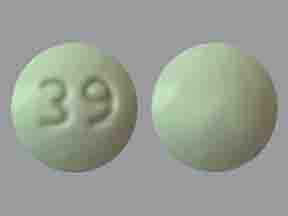
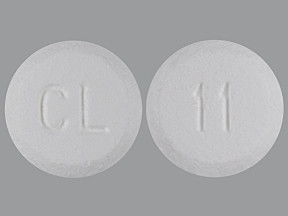
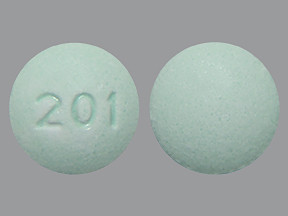
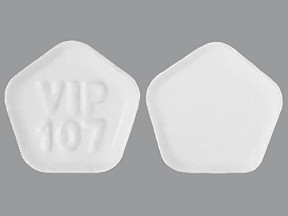
No Reviews Yet